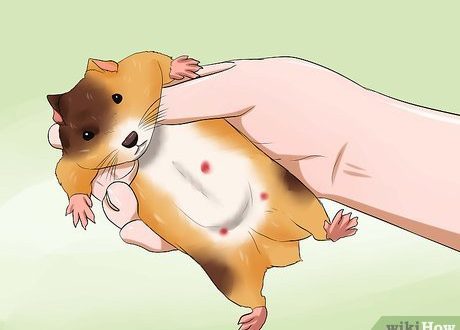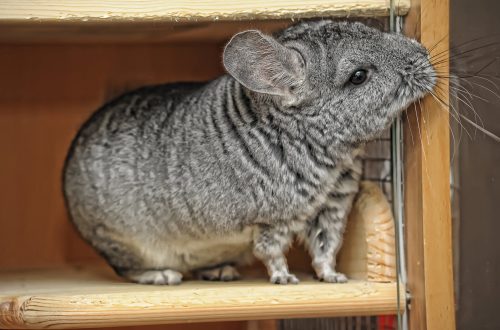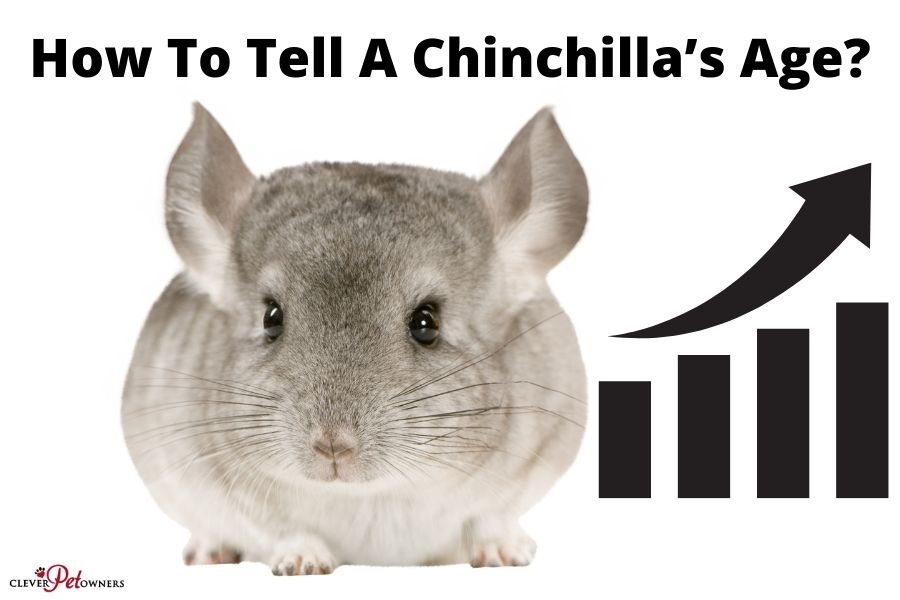
How to determine the age of a chinchilla
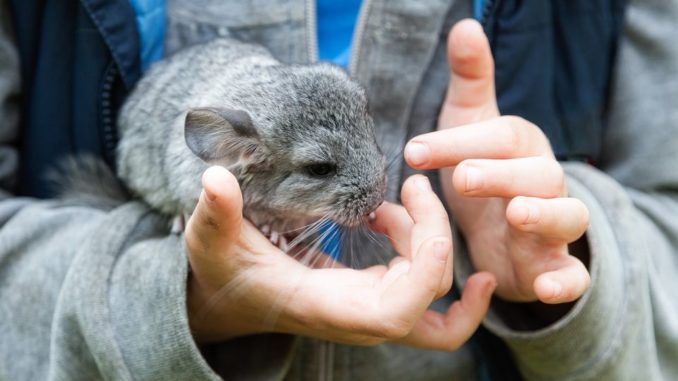
There are several ways to determine the age of a chinchilla. External signs and the weight of the animal help to navigate. It is recommended to purchase a rodent at the age of 2-3 months. During this period, the cub already refuses mother’s milk and switches to plant foods. The weight of a chinchilla should be between 250-300 grams, and the teeth should be white.
Contents
How to find out the age of a chinchilla
It is not easy to determine exactly how old a chinchilla is in appearance. There are clear differences between young, adolescent and mature animals.
By the end of the first year of life, the chinchilla’s physique, the number of teeth and weight reach the biological norms for the species. During later life, these parameters remain stable.
Chinchilla weight dynamics table
| Age in days | In months | Weight in grams |
| 0 | 49 | |
| 20 | > 1 | 101 |
| 35 | 1 | 154 |
| 50 | 1,5 | 215 |
| 60 | 2 | 242 |
| 90 | 3 | 327 |
| 120 | 4 | 385 |
| 150 | 5 | 435 |
| 180 | 6 | 475 |
| 210 | 7 | 493 |
| 240 | 8 | 506 |
| 270 | 9 | 528 |
| adult | 12 | 606 |
The table is compiled for farm needs. Pets usually weigh more than the specified parameters. Experienced chinchilla breeders use the data as a minimum for an individual of a certain age. Females are usually larger and heavier than males. The weight of the animal is also influenced by genetic characteristics, health status, living conditions and nutrition.
If you have not yet purchased or just bought a small animal, we recommend that you read the article “How to distinguish a boy’s chinchilla from a girl”.
Therefore, weighing is not enough to find out the age of a chinchilla.
Visual signs of growing up
Young individuals are more mobile, active and more curious. With age, the rodent becomes calmer, it plays less often, runs less. The years of life of an animal can also be judged by external signs. These include:
- body type;
- the structure of the muzzle;
- stop condition;
- tooth color.
In an animal up to 6 months, the ears, neck and muzzle are shorter than in an adult. The distance between the eyes does not change much with age. In a rodent up to 6 months, the shape of the ears and muzzle is rounded. Over time, the pet’s muzzle lengthens and the parietal part of the head grows.
The teeth of a chinchilla, which feeds mainly on mother’s milk, are white. When switching to plant foods, the enamel acquires an orange tint. The darker the color of the teeth, the older the pet.
Juveniles have smooth feet. The presence of corns, corns, skin displacements clearly indicate the years of life of the chinchilla. The more of them, the older the animal.
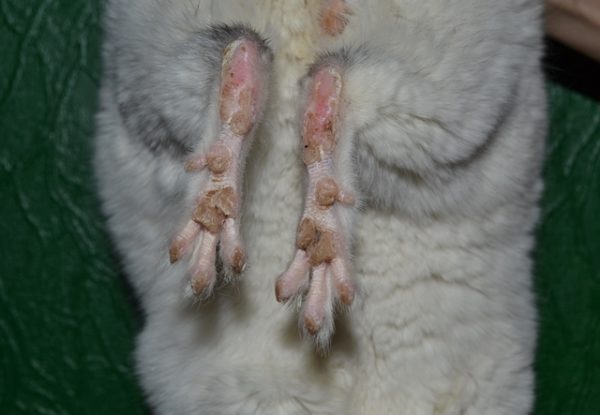
Stages of growing up chinchilla
There is no single formula for the ratio of a year of life of a chinchilla to a period in humans. Such a comparison is not correct, due to biological differences between humans and rodents. The age of a chinchilla by human standards can be found by comparing important stages of growing up with those in humans. At the age of one month, new teeth erupt in the chinchilla. In children, this corresponds to the 6th month of life. The body of a rodent reaches puberty at 6-7 months, which means that the animal at this age can be compared with a teenager of 16 years old. The reproductive system of a female chinchilla functions correctly until the age of 12–15 years. In a woman, such changes in the body begin in the period from 40 to 50. The life span of chinchillas is 20–25 years, so a pet who has exchanged his third decade can be safely considered elderly and draw analogies with a 75-year-old person.
Methods for determining the age of a chinchilla
3.4 (68%) 10 votes



